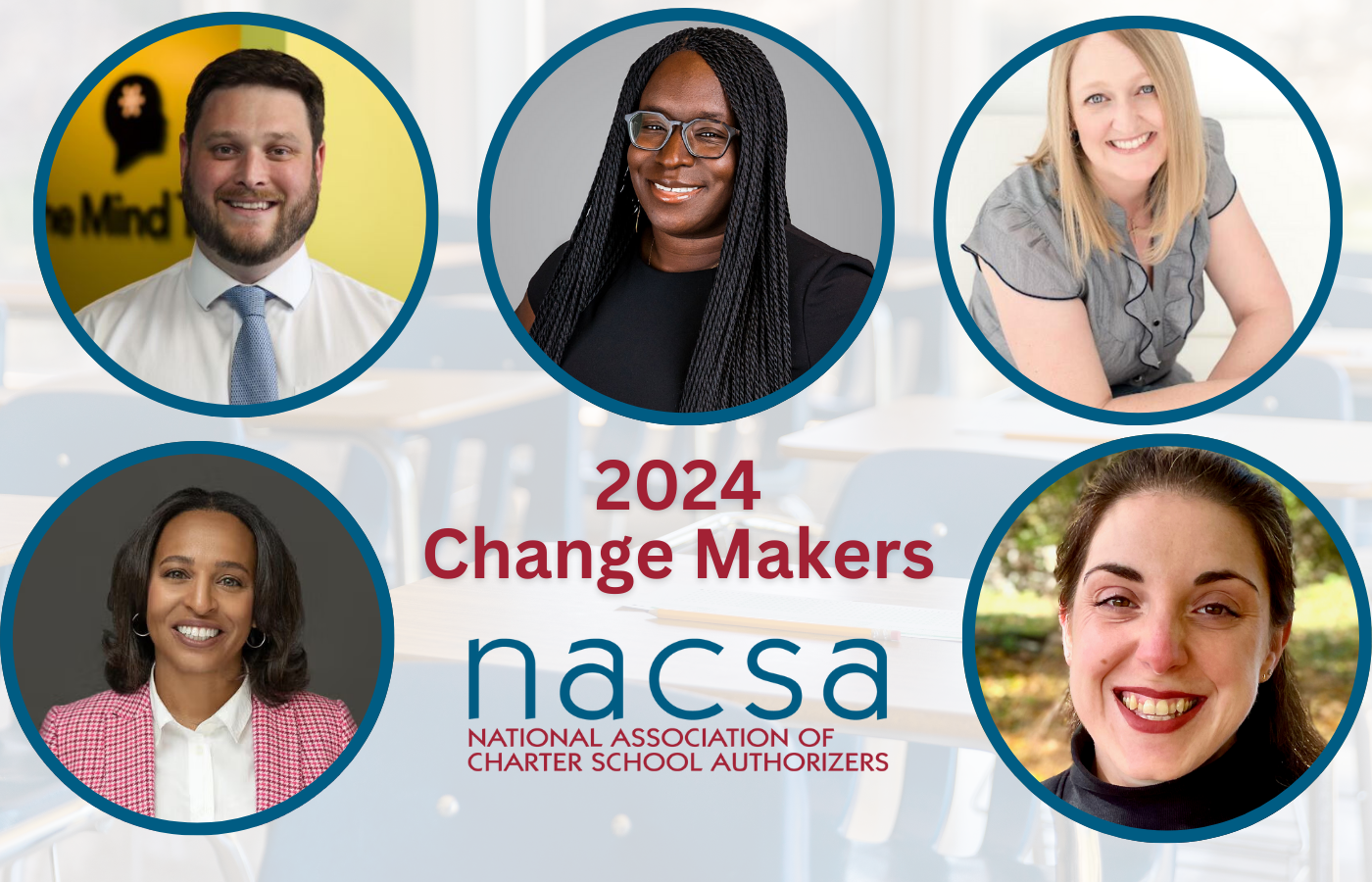 LinkedIn recently reminded me of my five-year anniversary at NACSA. Like most unsolicited emails from an App, it was an unwelcome reminder that an algorithm in a server farm is better at tracking my life than I am. It also led me to think about the last decade of charter school policy development. That is timely because this week NACSA released a report on policies that support strong authorizing. On the Road to Better Accountability: An Analysis of State Charter School Policy, presents eight policies we recommend that support accountability and excellence in the charter sector and details the extent to which each state has adopted similar policies.
LinkedIn recently reminded me of my five-year anniversary at NACSA. Like most unsolicited emails from an App, it was an unwelcome reminder that an algorithm in a server farm is better at tracking my life than I am. It also led me to think about the last decade of charter school policy development. That is timely because this week NACSA released a report on policies that support strong authorizing. On the Road to Better Accountability: An Analysis of State Charter School Policy, presents eight policies we recommend that support accountability and excellence in the charter sector and details the extent to which each state has adopted similar policies.
We hope this report will inform and stimulate discussions about each state’s charter authorizing environment. In the coming weeks, I’ll write about specific policies and lessons learned. In this post, , I’d like to share a note on where these ideas came from.
All of the ideas in this report – bar none – came from the inspiring work of authorizers, charter educators, policymakers, and leaders in our field.
My colleagues at NACSA have been busy for the past 15 years. They have reviewed more than a hundred charter applications for various authorizers; they have evaluated or provided technical assistance to authorizers responsible for overseeing about 40 percent of the charter schools in the country. Our staff have been on the ground, evaluating authorizers, helping them to design and implement tools for performance management; and they have helped emerging professionals engage in the work of authorizing.
The experiences of these authorizers informs all our work at NACSA. In my five years, one of the tasks has been to bridge between that knowledge and a parallel set of knowledge we have gained by working with charter advocates and authorizers in the field involved in state policy discussions. We are regularly invited into state-level policy discussions by authorizers, charter school advocates, legislators, governors, and other education leaders and asked to respond to policy proposals.
Leaders in the charter school sector often advance what opponents of charters consider “ironic” proposals. That includes proposed laws from charter support organizations seeking to mandate the closure of failing schools in Ohio and Florida; or schemes to sanction the worst authorizers, promoted by pro-charter chiefs in Indiana and charter advocates in Minnesota.
The heads of state-wide authorizers, in places like Nevada and South Carolina, asked NACSA to help them establish policies that gave them the authority and responsibility to use performance frameworks, performance contracts, and differentiated strategies to replicate high-quality schools.
After policies were underway, we were asked to help refine policies. In Indiana, the State’s Charter School Board and major authorizers sought help in closing the worst schools. Soon they needed to figure out how to stop authorizer hopping by failing schools that were attempting to switch from a rigorous authorizer, intent on closing their school, to one willing to let them stay open.
In Colorado, I had the pleasure of personally chairing a state task force composed of school district leaders and charter school and authorizer representatives. That effort was prompted by the Colorado League of Charter Schools. We were charged with reviewing and recommending standards for charter school authorizing that were based on NACSA’s own Principles & Standards and eventually adopted by the State Board in state rules.
In sum, these ideas have been created by leaders in the charter sector, and we have had several years of experience watching both the policy struggles to craft new policies, and the implementation experience in the initial years after passage. We expect to learn many more lessons in the coming years, and we are eager to see the additional ideas that the leaders in our sector will create. In the meantime, we believe there are urgent and common challenges that can be addressed with these lessons.
The full report defines each policy area and the specific provisions that are included along with their rationale. It then presents the extent to which the 43 states with charter school laws have adopted some version of these policies. It is our belief that many of these policies would be helpful in any state. But some of these specifics don’t make sense everywhere. We hope people will engage in deep conversations about the lessons they can draw from their colleagues around the country. We hope this report provides a stimulus and resource for those conversations. I look forward to seeing what people across the sector come up and working with people in states as they figure out how to use policy to help solve the challenges they face.


